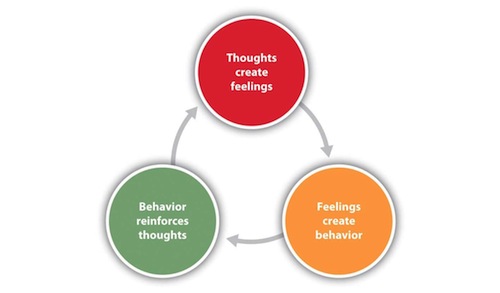A problem is an unmet want, where the way to fulfil it is yet to be determined (p162).
Problem-solving is a process that can help a person find out both what s/he wants and how to get what is wanted in the most effective way. Being receptive to the existence of problems is an important precursor to any form of active problem-solving (p163).
The existence of a solvable problem is not always obvious and sometimes people deny the existence of problems. Recognition that a problem exists is a critical first step to effective problem-solving for at least two reasons: (a) early recognition may enable the person to be aware of a problem when it is more manageable, before it becomes overwhelming, and (b) the thoughts, feelings and behaviours that signal problems provide information that can be used in the problem-solving process (p169).
A key therapeutic task in problem-solving skills training is to foster a positive attitude towards problem-solving in general, and confidence that specific problems can be solved. The ability and willingness to recognise problems is the first step in the expression of this positive attitude.
The non-judgemental definition of problems provided by Bedell and Lennox (1997) supports the understanding that problems are natural and normal (We all have wants that we do not know how to satisfy!), and that it’s not a sign of weakness to have problems.
The essence of problem recognition is the identification of an unfulfilled want that the person does not yet know how to fulfill (p169).
The process of recognising problems involves developing awareness of Thoughts, Feelings, and Behaviours (TFB) that might signal the existence of an unfulfilled want (p169).
When unwanted thoughts, uncomfortable feelings or unusual behaviours arise, asking questions such as ‘What do I want in this situation that I am not getting?’ can assist with problem recognition (p170).

The material in C3i is drawn from Bedell and Lennox (1997) Chapter 7 unless otherwise specified.
